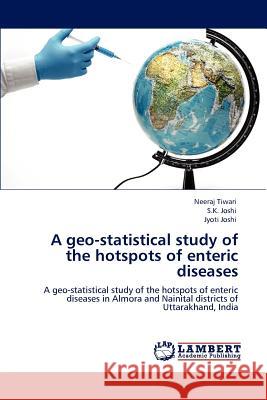A Geo-Statistical Study of the Hotspots of Enteric Diseases » książka
A Geo-Statistical Study of the Hotspots of Enteric Diseases
ISBN-13: 9783846557174 / Angielski / Miękka / 2011 / 176 str.
Water is indispensable in the biological and economic life of mankind. Waterborne diseases are estimated to cause about 10% of all diseases worldwide. However, related risk perceptions are not well understood, particularly in the developing world where waterborne disease is an enormous problem. Water and sanitation related practices have been found to be responsible for 80% diseases in the third world. In the developing world, the profound disease burden attributed to diarrhea makes it the most important target for waterborne disease prevention. We focus on understanding risk perceptions related to these issues in Kumaun region of Uttarakhand, India. The present book deals with the investigation of statistically significant clusters (hotspots) for high occurrence of enteric diseases in Almora and Nainital districts of Uttarakhand with the help of spatial scan statistic and Geographical Information System (GIS). The effect of water pollution on physical and mental health of the residents in these two districts has also been investigated. The purpose of this book is to present the different techniques of special statistics for the planning and management of public health strategies.











